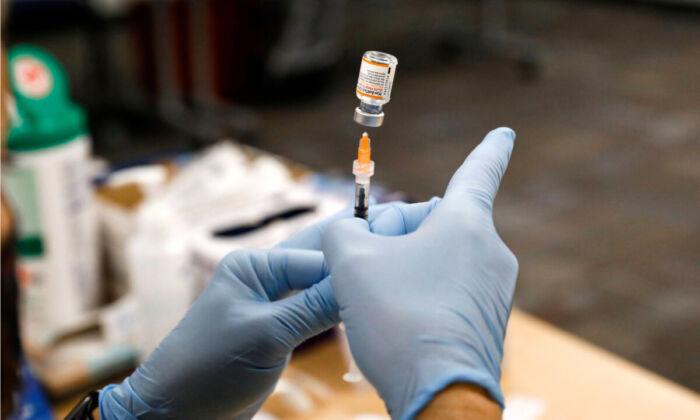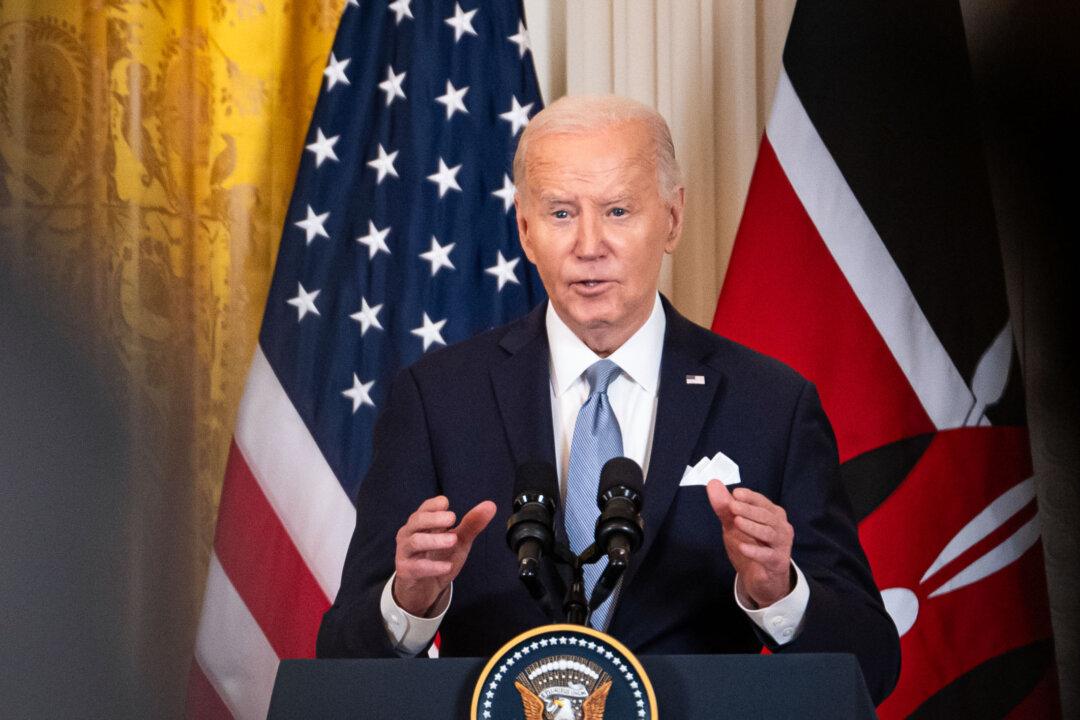The three COVID-19 vaccines authorized for use in the United States are not “well-matched” against the BA.2 virus subvariant, which has recently been estimated to have become dominant in the country, U.S. regulators said on April 6.
“While currently available vaccines are not well-matched to the dominant circulating variant—which is the Omicron BA.2 sublineage—we do still have some residual vaccine effectiveness,” particularly against severe outcomes, Dr. Dorian Fink, an official with the Food and Drug Administration (FDA), said.
BA.2 has shown signs of better evading some COVID-19 treatments, prompting the FDA on Tuesday to yank emergency authorization for one of them, a monoclonal antibody called sotrovimab.
But the regulator has resisted changing the emergency clearance for the COVID-19 vaccines so far, even as they continue to be less effective than originally promoted.
“We have seen evidence of waning vaccine effectiveness, which has been impacted by a number of factors,” Fink said, including general waning over time and some level of antigenic escape from newer variants like Omicron.
The Pfizer, Moderna, and Johnson & Johnson COVID-19 vaccines are all based on the so-called Wuhan variant, which came from China but was displaced in the United States in 2020.
Estimates from the Centers for Disease Control and Prevention (CDC) peg the prevalence of BA.2 in the United States at 72 percent.
But despite the rise in proportion, “we haven’t seen a rise in case incidence to date,” Heather Scobie, a CDC analyst, told the panel after Fink spoke.
She alleged that the immunity in the U.S. population from vaccines and previous infection would provide “some level of protection” against the subvariant.
On Wednesday, vaccine effectiveness studies presented by Ruth Link-Gelles, another CDC official, showed that vaccines are largely ineffective against virus infection just weeks after injection, though a booster shot elevated the protection above 50 percent for some time.
Shielding against severe disease was substandard, based on several surveillance networks, in youth; with others suggesting it was sufficient in a portion of the population. In adults, protection was estimated at just 54 percent five months after a second dose of the primary series, but around 80 percent four months after a booster.
The patterns “show a clear benefit of a third dose over a second dose during Omicron,” Link-Gelles said.
Because of the waning, regulators recently authorized fourth doses for some Americans, and are considering expanding the authorization to all Americans 12 and older.







